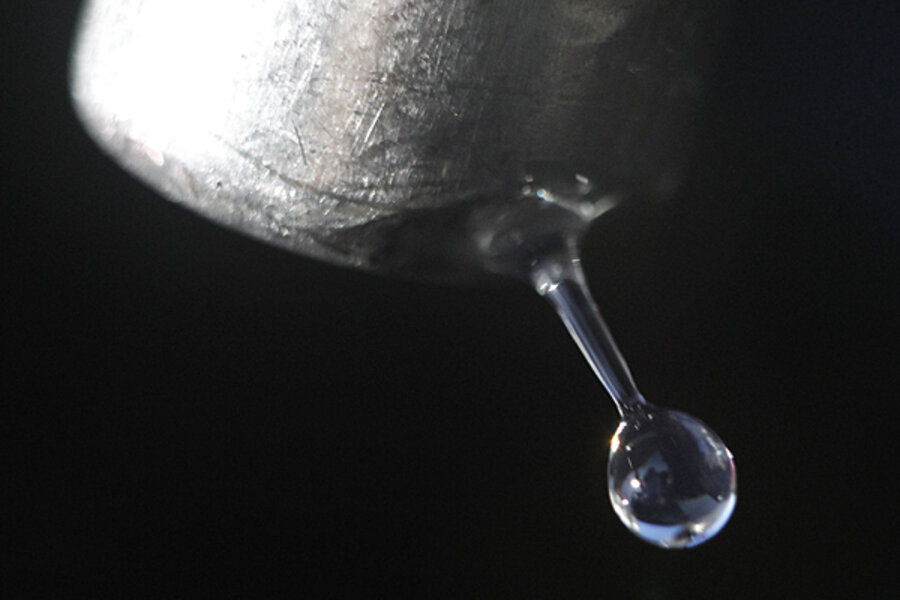EPA further limits sulfur. Will higher gas prices follow?
Loading...
The federal government proposed new standards Friday that further limit the amount of sulfur in gasoline. Compared with previous reductions, Friday's proposal is slight. But many say it's enough to increase the price Americans pay at the pump.
"New requirements, new regulations are going to drive prices up," said Patrick DeHaan, senior petroleum analyst at GasBuddy.com, a gas price analysis website. "This isn’t the biggest change but it will cost motorists."
The jump could be as high as 9 cents in some places, according to the American Petroleum Institute (API), a trade association for the oil and gas industry.
"Consumers care about the price of fuel, and our government should not be adding unnecessary regulations that raise manufacturing costs, especially when there are no proven environmental benefits," Bob Greco, director of API's downstream group, said in a statement Friday. "We should not pile on new regulations when existing regulations are working.”
That's an overestimation, according to the Environmental Protection Agency (EPA). It calculates the new standards will cost refiners no more than a penny per gallon of gasoline on average. The health-related benefits from reduced air pollution will be between $8 billion and $23 billion annually, according to the EPA.
The proposed rule would reduce the amount of sulfur allowed in gasoline from 30 parts per million to 10 parts per million in 2017.
Refiners have lobbied against the EPA's so-called Tier 3 program, which also include stricter tailpipe emission standards, saying a previous reduction in sulfur cost the industry billions.
“Tier 3 rulemaking that targets trace amounts of sulfur in gasoline is not worth the direct threat to our domestic fuel supply, consumer cost at the pump and American jobs,” said Charles T. Drevna, president of the American Fuel & Petrochemical Manufacturers (AFPM), a trade association representing fuel manufacturers, in a statement.
The new rules will cost the industry $10 billion in new infrastructure and $2.4 billion per year in operating costs, according to AFPM.
It could take as much as three or four years before those costs trickle down to prices at the pump, according to Mr. DeHaan of GasBuddy.com. It's not like a tax where the change happens overnight, he explained, and many drivers may not even notice the increase.
"Sometimes, a change like this can have a big impact and sometimes they have no impact," he said.
The national average retail price of gasoline measure $3.64 Friday, according to AAA. That's down from $3.78 a month ago.
Environmental groups have praised the stricter limits on sulfur use and tailpipe emissions.
"Using lower sulfur gasoline in cars currently on the road will reduce as much pollution as taking 33 million cars off the road," said Paul G. Billings, senior vice president of the American Lung Association, in a statement Friday. "Passenger vehicles are major sources of ozone and particle pollution that pose serious threats to public health."






